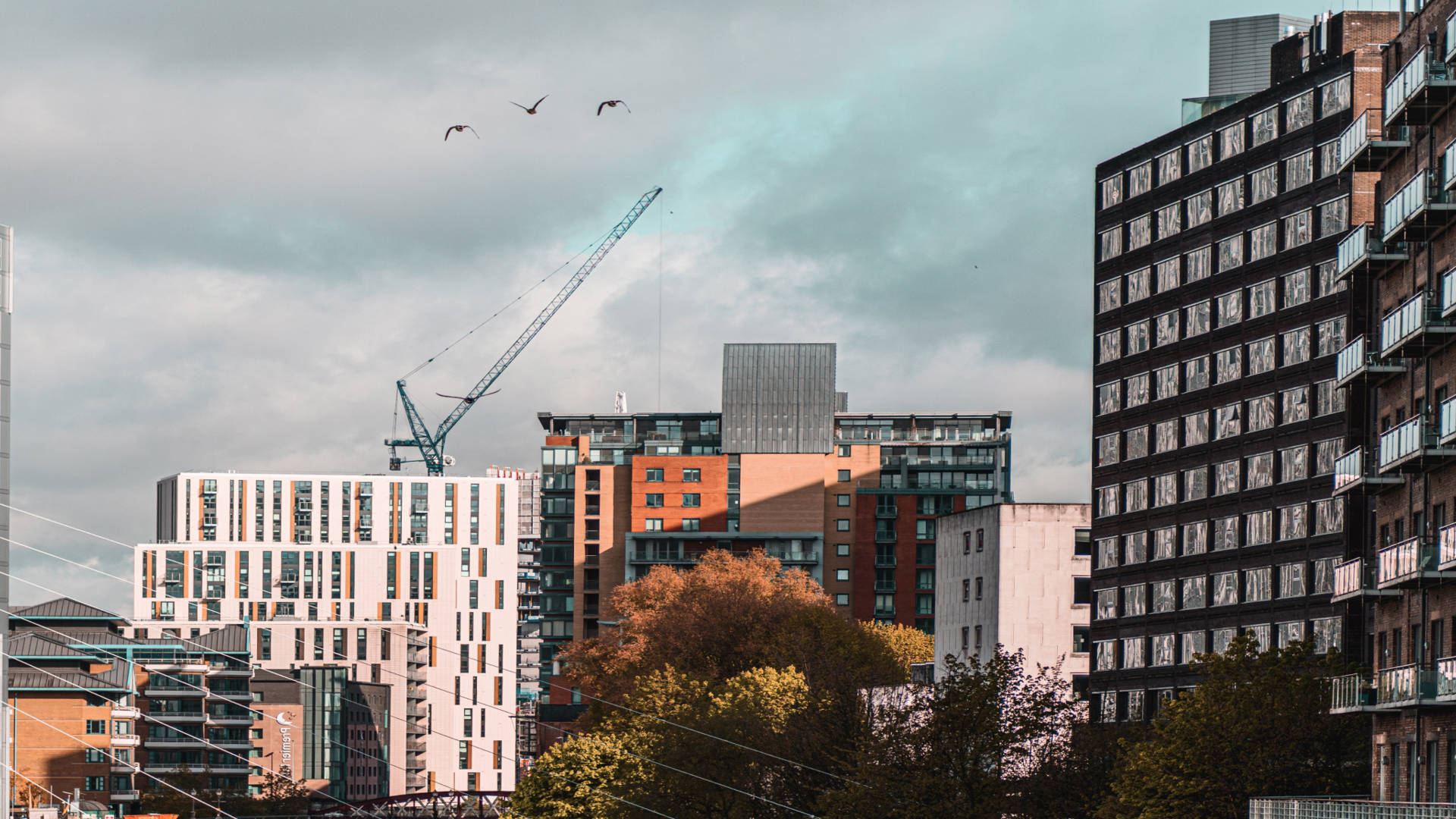
Building Safety Act
Latest
-
The Home Office has published its post-consultation response to the Emergency Evacuation Information Sharing Plus consultation.
The Minister of State, Rt Hon Dame Diana Johnson DBE MP, said:
"We will move to lay Regulations to deliver the Residential PEEPs policy. Our engagement with key stakeholders, including disability stakeholder organisations, will continue, to help to ensure a smooth road to implementation, including the production of supporting guidance that will sit alongside the Regulations."
You can read the full response here
- Fire Safety
-
The Construction Leadership Council (CLC) is championing and supporting the delivery of safe and high-quality buildings for those who live and work in them.
The Building Safety workstream of the Construction Leadership Council have today (27 August 2024) published guidance on the golden thread of information requirements for higher-risk buildings. This guidance will support dutyholders and accountable persons to deliver a golden thread for their building.
The guidance sets out the golden thread information that dutyholders and accountable persons will need to generate, keep, maintain and handover during design, through construction, handover and completion of the building and into occupation.
The full Golden Thread Guidance is available here. A Summary of the guidance is also available, and can be downloaded here.
As the new regime develops, this guidance will almost certainly need to develop with it. The CLC would like to invite constructive feedback on this guidance to support this process.
- Building Safety Act
-
Published on 18th July, MHCLG has released the latest data on remediation progress, with information up to June 2024. The headline figures are below:
- As at the end of June 2024, there are 4,613 residential buildings 11 metres and over in height identified with unsafe cladding whose remediation progression is being reported on in this release, an increase of 239 since the end of May 2024.
- The June 2024 release includes for the first time social housing buildings that had completed remediation independently of government funding and monitoring schemes before March 2024. This change in scope has largely driven the reporting of an additional 2,994 buildings with unsafe cladding since the end of June 2023.
- Overall, 2,301 buildings (50%) have either started or completed remediation works. Of these, 1,332 buildings (29%) have completed remediation works.
- Of the 869 high-rise (18 metres and over in height) residential buildings proceeding with an application for funding through the Building Safety Fund, 222 buildings (26%) have started remediation works and 302 buildings (35%) have completed remediation on unsafe non-ACM cladding, including those awaiting building control sign-off.
- 524 high-rise buildings (60%) in the BSF have either started or completed remediation works on non-ACM cladding, an increase of two since the end of May. Of these, 302 buildings (35% of buildings) have completed remediation works, an increase of 15 since the end of May.
- 288 buildings 11 metres and over in height have been assessed as eligible for the Cladding Safety Scheme, an increase of 64 since the end of May. All have either signed grant funding agreements or are in the process of doing so, and six buildings have started remediation work on site.
- There are a further 1,228 buildings 11 metres and over in height in the pre-eligible stages of the Cladding Safety Scheme; of these, 432 buildings are progressing through eligibility checks, and 796 buildings are in the pre-application stage. This is in addition to almost 4,000 buildings in the pipeline that are being investigated, and where within programme parameters, are being brought into the pre- application process.
Access the full data release here. The next data release is expected on 22nd August 2024
- Building Remediation
-
The final Grenfell Tower Inquiry report will be published on 4 September, it has been announced, following hearings to determine how the Kensington tower block came to be in a condition that allowed fire to spread.
The second report into the 2017 disaster, which claimed 72 lives, comes after a seven-year long inquiry which examined 1,500 witness statements and 300,000 documents.
A brief notice on the inquiry website said: “The inquiry has written to core participants to inform them that the phase two report will be published on Wednesday 4 September 2024.
”Further information about the arrangements for publication will be published in due course.”
The report follows the final hearing in the inquiry’s second phase, which examined how the tower block came to be in a condition that allowed fire to spread, in November 2022. The first report into the inquiry, which established a factual narrative of events, was published in October 2019.
The report comes a day after the Metropolitan Police said a total of 19 firms or organisations and 58 individuals are currently under investigation in relation to the disaster, by a team of 180 dedicated officers and staff.
It said criminal trials for the Grenfell Tower fire will not begin until 2027.
- Building Safety Act